#british heritage
Link
How realistic is Downton Abbey?
British Heritage Travel, March 27, 2023
The period mellow drama has fans around the world but today we ask just how realistic is Downton Abbey?
From Boston to Brisbane, Downton Abbey has fans around the globe. The sweeping period drama chronicles the historical events and early 20th-century lives of the residents of stately Downton Abbey, home to the Crawleys - the Earl of Grantham and his family - and all who ebb and flow in its umbra.
Drawing on the upstairs/downstairs tradition of Upstairs, Downstairs, the structure itself is a popular, proven series format. With almost three-dozen characters living at Downton, the viewer is expected to follow and care for, there’s someone or several with whom anyone can identify.
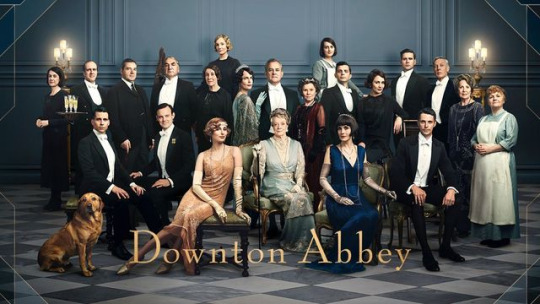
The lavish production of the Edwardian nobility’s elegant world is both dizzying and dazzling. Upstairs, this world is governed by the conventions of the aristocracy as much as by the hierarchical order radiating from the Earl of Grantham, his mother, the Dowager Countess, and his American-born wife, Cora. Downstairs, the pecking order is even more rigid, with the butler, Mr. Carson, and the housekeeper, Mrs. Hughes, unassailable at the top of the social pyramid.
youtube
There are few grays in the Downton Abbey world. Right, wrong, done, and not done are clearly known by all. Much-applauded author Julian Fellowes has made sure that we know black from white in this world as well. There are the good guys and girls and there are the villains. We can’t understand how everyone from scullery maid Daisy to Lady Grantham fails to see that footman Thomas and Lady’s maid O’Brien are a bad lot all around. Among the questions I have been asked most about Downton Abbey is how accurately the series depicts Edwardian and post-Edwardian life in an aristocratic home such as Downton. Are we getting the real picture?
How truthful is Downton Abbey?
In most respects, very. The one element that does not ring true is the easy interaction and conversation between the upstairs world of the family and their peers and the downstairs world of the hired help. That just didn’t happen (or at least not on such a scale). Most of the family wouldn’t have even known a housemaid’s name. These great country homes had back stairways for a reason. There’s not going to have been much interaction between these social sets, let alone much of an emotional connection. Of course, it always takes some element of the improbable to make a story a story instead of a dull narrative.
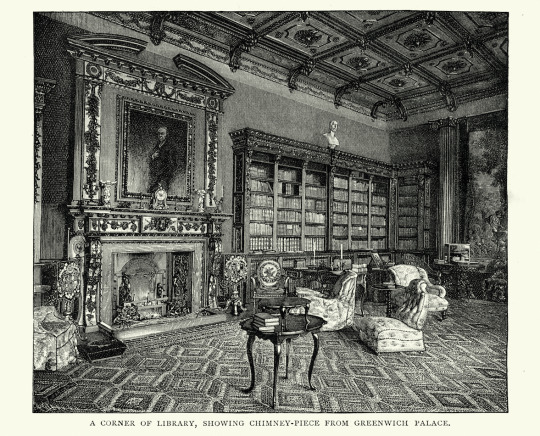
Downton Abbey is inexplicably situated in distant Yorkshire (probably to avoid having to weave London life into the tale). In “real life,” the series is shot at Highclere Castle, near the Berkshire market town of Newbury - about 65 miles west of London. What was originally, and probably more accurately, named Highclere House, the “castle” has been the ancestral home of the Earls of Carnarvon for more than 300 years. Its present residents are the youngish 8th Earl and Countess of Carnarvon.
Vising the real Downton Abbey
With unknown crowds of others, I went to see Highclere Castle this spring - just to catch the buzz and a few pictures. While Highclere Castle is open to the public regularly only from July through mid-September, they do open for a two-week spring season at Easter. The weather was generally gray and wet on the April Friday I was there, but the place was mobbed and the sun broke out. Most folks were there to visit Downton Abbey. In fact, a huge marquee had been erected on the back lawn to serve as an auxiliary tearoom to the regular café located downstairs in the old housekeeper’s suite.
No, somehow the crowds didn’t dampen the experience at all. I wandered the grounds and gardens, where folk were picnicking and kibitzing with the gardeners.

The stream of visitors into the house was controlled to keep the flow from feeling crowded or hurried. Stewards in each room were helpful with questions, but not obtrusive. The Earl and the estate staff are hardly oblivious to Highclere’s new reincarnation as Downton Abbey in the popular imagination. Each room contains a photo placard identifying how the room has been used and filmed in the series, from the Grand Parlor to the bedroom where the unfortunate Mr. Pamouk stayed, eh, briefly.
It’s a grand house indeed. It ought to be. Designed and built by Charles Barry, the architect of the Houses of Parliament, Highclere is one of England’s showcase Victorian mansions. Certainly the ground floor reception rooms are recognizable from the series. You won’t see Lady Mary or Carson gliding out of the dining room—but it’s easy to imagine..
Downstairs, the old servants’ domain has long been turned to more functional service space. The path of the house visit takes you downstairs to the tearoom and out into the carriage house yard and gift shop. Vestiges of the old service quarter remain. In the lower hall, the old bell board still hangs, where maids and footmen could be summoned by bell to any room in the house. I counted the named rooms signaled on the bell board. There were 64.
What happened to the world of Downton Abbey?
The other question about the series that I’ve received time and again still remains: “Whatever happened to the world of Downton Abbey?”
Part of the enjoyment we derive from period dramas like Downton Abbey is our understanding that these are, indeed, images of times past, from a world that no longer exists and will never exist again. The halcyon life of the British landed aristocracy reflected at Downton Abbey, though, is less than a century old. Why did it disappear so quickly and so completely? Where are Britain’s Downton Abbeys today?
Well, they write books about that. There is a short answer, though, and part of it is found in the series itself: The Great War. Among other effects of the war, Europe’s conflagration virtually drained Britain of a generation of young men. For the men remaining as well as for women, new avenues of employment quickly opened up that competed well against the option of domestic service.

Britain’s economic engine had already changed, however. Wealth no longer lay in the land that supported the old aristocracy; it lay increasingly in the manufacture and in commerce. Social and political power had shifted as well. Through the early 1900s, the working classes increasingly realized the power of their voice and vote. The social institution that best-represented community for nonagricultural workers became no longer the church or chapel, but the trade union. The unions provided workers with social clubs and institutes, a small measure of the economic safety net, and incrementally a better working life. And the unions exercised the political power of their united working-class voice.
When the Labour governments came in between the wars, they began a systematic program to dislodge the landed wealth of the hereditary peerage and gentry. Among the primary means of doing so was the establishment of death duties at deliberately confiscatory levels. It was, after all, the land that provided the principal income to the estate - in the form of ground rent. As the old baron died, his family had to sell up significant quantities of land to pay the death duties. That left measurably less rental income to maintain the estate and the family.
What does that mean?
After a couple of generations, there was just nothing left - or not enough left to maintain a home-like Downton Abbey. From Devon to Durham, hundreds of families were left with these huge, magnificent, historic albatrosses around their neck. From the 1920s-1960s scores of such stately homes were simply torn down. Dozens of grand country homes were gradually ceded to the National Trust, who do a monumental job of conserving them for the nation. Most of those still in private hands open their gates, gardens, and doors to paying visitors, whose admissions serve to provide the vastly expensive maintenance costs on such arky mansions. In many cases, that’s not enough, and the enterprising old stock has enhanced their entertainment appeal with everything from safari parks and farm stands to hosting weddings.

Whatever happened to Downton Abbey? It became Highclere Castle. The series has raised the profile of Highclere Castle just as Brideshead Revisited did for Yorkshire’s Castle Howard. The swell of visitors this spring is undoubtedly only a foretaste of the paying guests the house will receive during the summer season, one hopes.
#downton abbey#downton abbey movie#hugh bonneville#michelle dockery#jim carter#phyllis logan#matthew goode#allen leech#joanne froggatt#rob james collier#laura carmichael#architect#charles barry#downton abbey tv series#british heritage#yorkshire#travel#stately home#british aristocracy#tv drama#period drama#lord grantham#the crawleys#lady mary#henry talbot#mr carson#mrs hughes
97 notes
·
View notes
Text


The essence of England: afternoon tea served on Royal Albert china
#Wentworth Woodhouse#Rotherham#South Yorkshire#UK#afternoon tea#Royal Albert#Long Gallery#The National Trust#British heritage#fine china#tradition#hot scones#Georgian
19 notes
·
View notes
Text

Visiting the birthplace of Lara Croft
77 notes
·
View notes
Text

Public House Sign
3 notes
·
View notes
Text







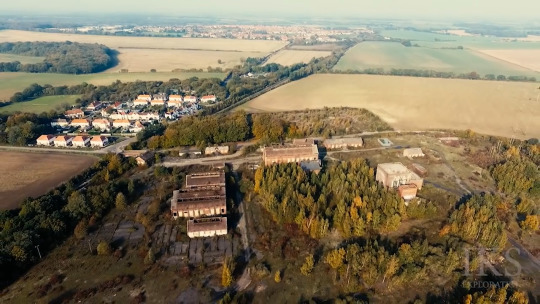
Redundant Industrial Heritage in Britain: Snowdown Colliery an adaptive re-use exercise.
The images of this post are part of my dissertation entitled as written above and is an attempt to conciliate between the hostile built heritage and the environmental reclamation. The political speech of a nation’s lost industry, is displaying a major conundrum regarding collieries and other mining sites. Yet prosperous businesses involving local communities are able to set aside the environmental stakes of post mining site management and ownership economic concerns and other challenging phenomenons peculiar to the British culture. The aim of the study is to expose the relevant paradigm with a real case scenario, to discuss its successes and failures and to set a model of adaptive re-use in coherence with the conservation strategies of modern derelict heritage in a challenging environmental setting. It is also our responsibility, as architects, to revisit and think adaptive re-use of industrial redundant sites and disadvantaged areas like British collieries.
#adaptive reuse#industrial heritage#C20#edwardian#early 1900s#collieries#coal mining#french mining exploration#sustainable architecture#architectural conservation#british heritage#english heritage#historic england#spab
2 notes
·
View notes
Photo

The Kellett sledge flag .. Auxilium Ab Alto .. Help From Above ..
4 notes
·
View notes
Text
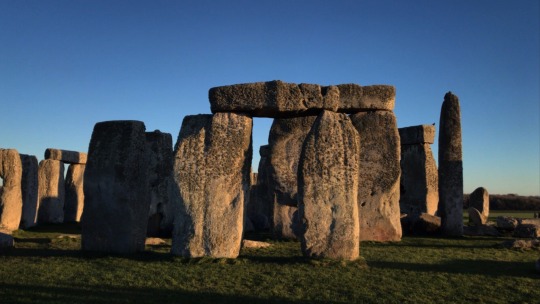
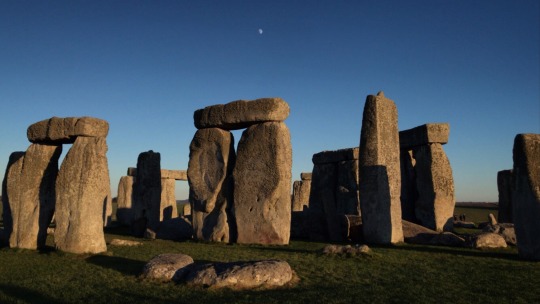

Stonehenge
02.01.2023
6 notes
·
View notes
Text




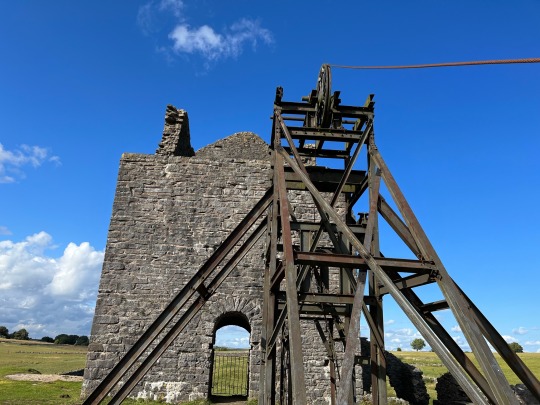
Magpie Mine - Sheldon
#photography#nature#hiking#hiking uk#uk#peak district#trees#british countryside#the peak district#magpie mine#Sheldon#derbyshire#mine#British heritage
1 note
·
View note
Text
I Am Given a Castle: The Memoirs of Michael Saunders Watson :: Michael Watson Saunders

View On WordPress
#978-1-8991-6388-5#autobiographies#books by michael watson saunders#british castles#british heritage#british library trustees#diaries#first edition books#health service mandarins#historic buildings management#historic houses association#journals#leicestershire castles#memoirs#party heritage group#public accounts committee#public administration#rockingham#royal botanic gardens#royal naval history#royal navy officers#tam dalyell
0 notes
Photo
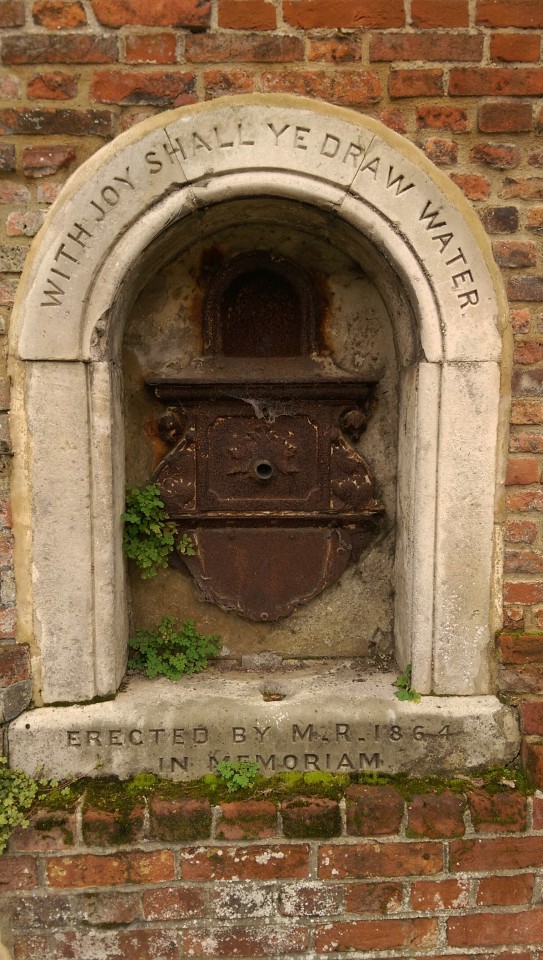
WITH JOY SHALL YE DRAW WATER
ERECTED BY M.R. 1864 IN MEMORIAM
Colchester, 2020
1 note
·
View note
Text
https://nationalpost.com/pmn/news-pmn/16-year-old-male-arrested-on-suspicion-of-felling-a-landmark-tree-in-england-released-on-bail
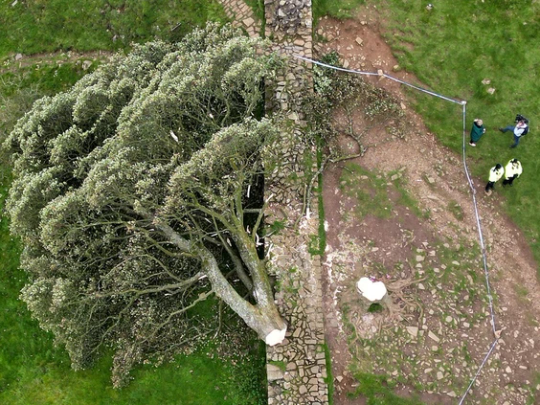
The article included this photo and news of a second criminal arrest
#Hadrian's Wall#Sycamore Gap#two arrests#vandalism#UK#Hexham#Northumberland#British heritage#National Post
19 notes
·
View notes
Text




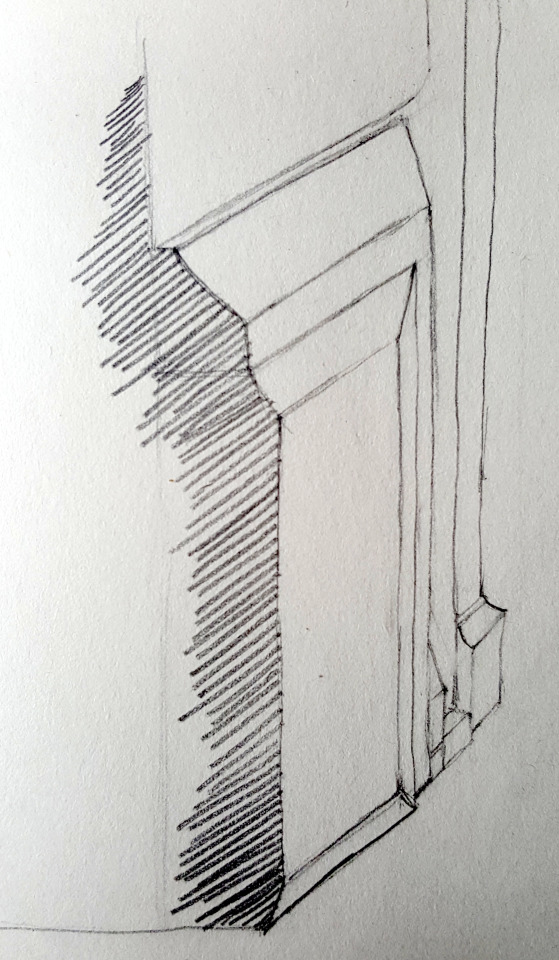




When I joined the MSc course of Architectural Conservation at the University of Kent, I didn’t know much about British heritage and practice. Driven by my passion for historic sites, I came to discover astonishing architectural styles and historic preservation practices and philosophies. The ‘Conservation Principles’ module confronted me with some tricky questions. Should a historic building be saved partially or totally? Why do we care about its preservation? When was the building destroyed and what has been lost? How should we preserve? I soon realized that answers based only on personal views and culture can be biased… Only by studying the cultural, geographical, socio-economic and political context of a historic building can we really understand its significance and proceed to restoration.
There are different attitudes to conservation. It was fascinating to compare philosophies as different as those of Violet le Duc, John Ruskin, Cesare Brandi, and Camillo Boito, as well as conservation charters such as those of Venice and Athens. In addition to conservation philosophy, the programme introduced us to historical societies, charities, trusts, funding bodies and community involvement regarding heritage. I realized that besides understanding the UK planning system, one should be familiar with the work of amenity societies and funding bodies. After all, successful historic preservation in the UK lies in the combination of a robust legislation with the work of societies such as the Society for the Protection of Ancient Buildings (SPAB) and the Victorian society, organizations such as English Heritage, and funding bodies such as the Heritage Lottery Fund.
After this initial focus on policies, laws and philosophies, it was time for action… I was very excited to hear that the Spring Term module ‘Intervention at Historic Sites’ (January through April) would be delivered in collaboration with the SPAB and would be based on the Society’s ‘Old House Project’, the preservation of St. Andrew’s Chapel, near Maidstone. Alas, I missed the first guided visit to the chapel. Visiting it a few days later with a classmate was one of most exciting moments of the programme. This was a unique chance to experience an unspoiled medieval building, which is very little known. Formerly part of the Cistercian Boxley Abbey, the chapel was converted into a dwelling in the 16th century. Abandoned for decades, the chapel is now in an advanced state of decay, but is not entirely derelict. Some of its features, such as the late-Gothic mullioned window, the Tudor chimneys, the post-dissolution half-timbered extension, and the early 20th-century fireplaces survive and reveal the complex history of the building.
Drawing the chapel, looking at its decay, retracing its history, and reflecting on repair methods was rewarding, and designing a proposal of adaptive reuse added to the pleasure… Here are some samples of my analysis of the decay of the chapel.
#architecture#architectural conservation#english heritage#spab#john ruskin#historic england#university of kent#british heritage#cistercian#boxley abbey#adaptive reuse#restoration
1 note
·
View note
Link
521 notes
·
View notes

